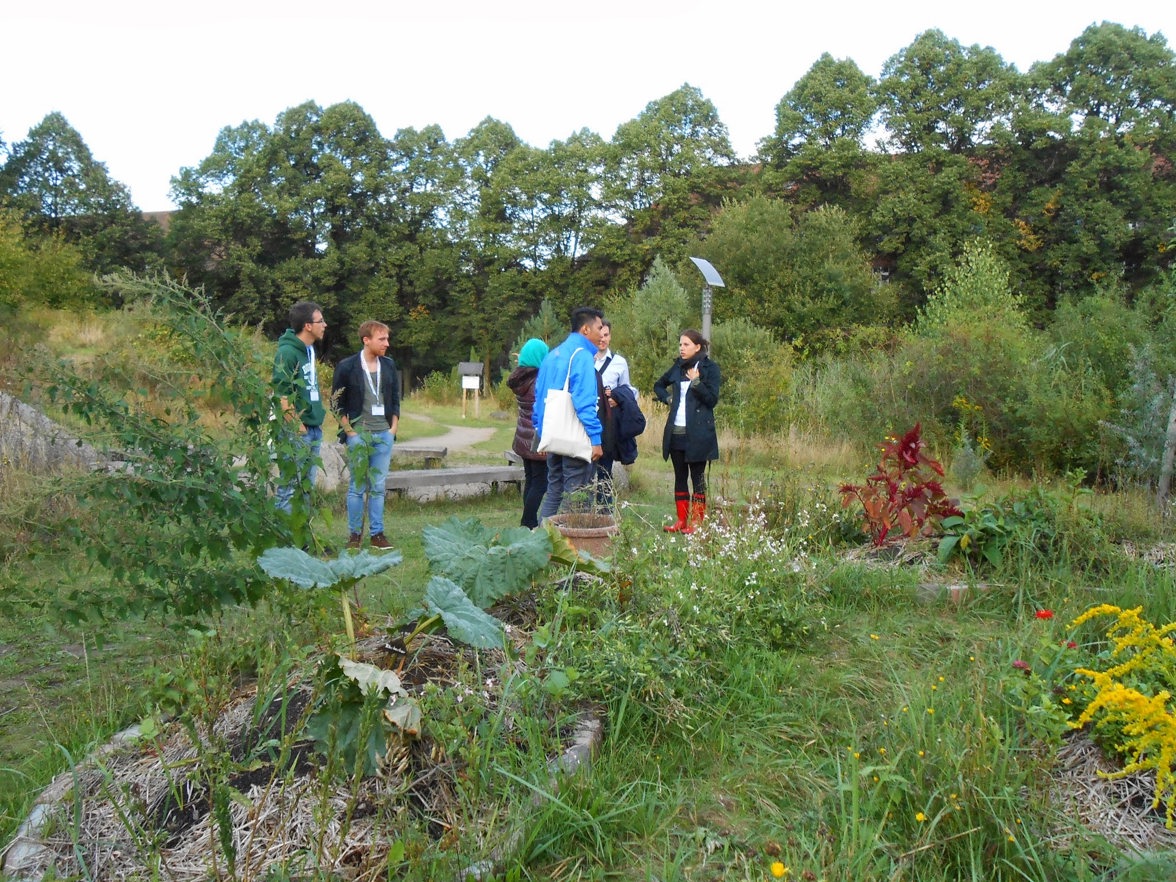Knowing very well that nature is intricately woven into our identity, our economy, our politics, our views of the environment, and even our own personal development, how can we effectively inform and connect the current generation of young people with nature and inspire them to seize its power in their everyday lives? But even before we can make such a move, we need to question whether young people, who are increasingly becoming more urbanised, disenfranchised, and statistically poorer than older generations, are aware of their significant role in nature conservation and in ensuring sustainable communities.
In 1968, Baba Dioum stated that, “In the end, we will conserve only what we love. We will love only what we understand. We will understand only what we are taught’. Despite meagre, there is evidence of teaching (and learning) about nature, connecting to (loving) nature, and participating in its conservation among the current generation of young people. Since the Tbilisi Conference in 1977, there has been an evolution of environmental education in learning institutions; education and communication initiatives within conservation institutions; as well as within the business community. Environmental education is built on the principles of awareness creation, knowledge sharing, attitude change, skills development and participation in addressing environmental challenges. Indeed, this effort has paid off as it forms the basis for the incredible initiatives under the sustainable development discourse to date.
But learning and teaching is never enough. Dioum emphasized the need to fall in love. In recent years, this connection has been echoed at several international meetings such as the 2014 World Parks Congress with one of the thematic areas being Inspiring a New Generation, the Salzburg Global Seminar, Session 557 resulting in the Salzburg Challenge for Nature, Health and a New Urban Generation, as well as the new Campaign by the IUCN-CEC #NatureForAll ahead of the 2016 World Conservation Congress in Hawaii. Loving or appreciating nature is, however, relative to one’s experience of it. Many young people living in urban areas have almost no connection with nature. They spend time in the busy cities seeking work or attending school; buy their food from the supermarkets, which are far removed from the farmlands; and their experiences of nature are reduced to tech-based entertainment in the urban areas. While many will be aware of green spaces, the cost of visiting and the perceived risk of being in these places keeps them away from doing so. On the other hand, in most cities, the available green spaces in cities have not been maintained to provide the serenity that young people would connect with. Pollution, waste dumping, and encroachment by developers turns these green spaces into grey spots – not ideal to inspire love for nature.
This notwithstanding, researchers argue that, when we are aware, we fall in love with nature, to either protect from current degradation, or conserve it. Indeed, there is increasing evidence across the world that young people are motivated to conserve nature either because they are inspired by previous actions of others in conservation, or because they cannot accept to lose their green spaces. In Kenya, where I have conducted research with university students over the last four years, their environmental clubs were at the forefront of protesting against the grabbing of Karura Forest, now a major green space in Nairobi. They also contributed to the cleaning up of Nairobi River, which now boasts a tree-line along its riparian, which used to be a dumpsite less than ten years ago. In Beirut, Mohamad Ayoub, is leading an incredible youth organisation, Nahnoo, that makes use of natural spaces as platforms for self-development and self-expression. A study led by Prof. Staeheli at Durham University on youth citizenship has revealed that green spaces indeed shape the identities of young people in relation to the prevailing socio-economic and political conditions. In Zimbabwe, a Rhodes Scholar, Qhelile Xolani, is rehabilitating the Greenwood Park in Harare with an aim of connecting more urban dwellers with nature and enabling them to live healthier lives in the city.
Such initiatives are pointers to the learning, the love, and the action of young people towards nature conservation. What is now needed is to make explicit the multiple benefits of connecting to nature. While green spaces become active learning environments, and a place where youth identities are shaped, they also are important sources of their livelihoods. They shape their career trajectories – as environmental activists, as educators, but also as social/green entrepreneurs who can create viable businesses from their initiatives. At a time when livelihoods are becoming more diversified, yet remaining more uncertain, nature-based solutions to youth employment are a great impetus to both conservation efforts and socio-economic well-being of countries.
Grace Mwaura (Kenya & St. Hilda’s 2011) is currently a Programme Associate with Climate Interactive and a non-residential Research Fellow with African Centre for Technology Studies (ACTS). She completed a DPhil in Geography and the Environment at Oxford on the subject of greening youth livelihoods in contemporary Africa.


